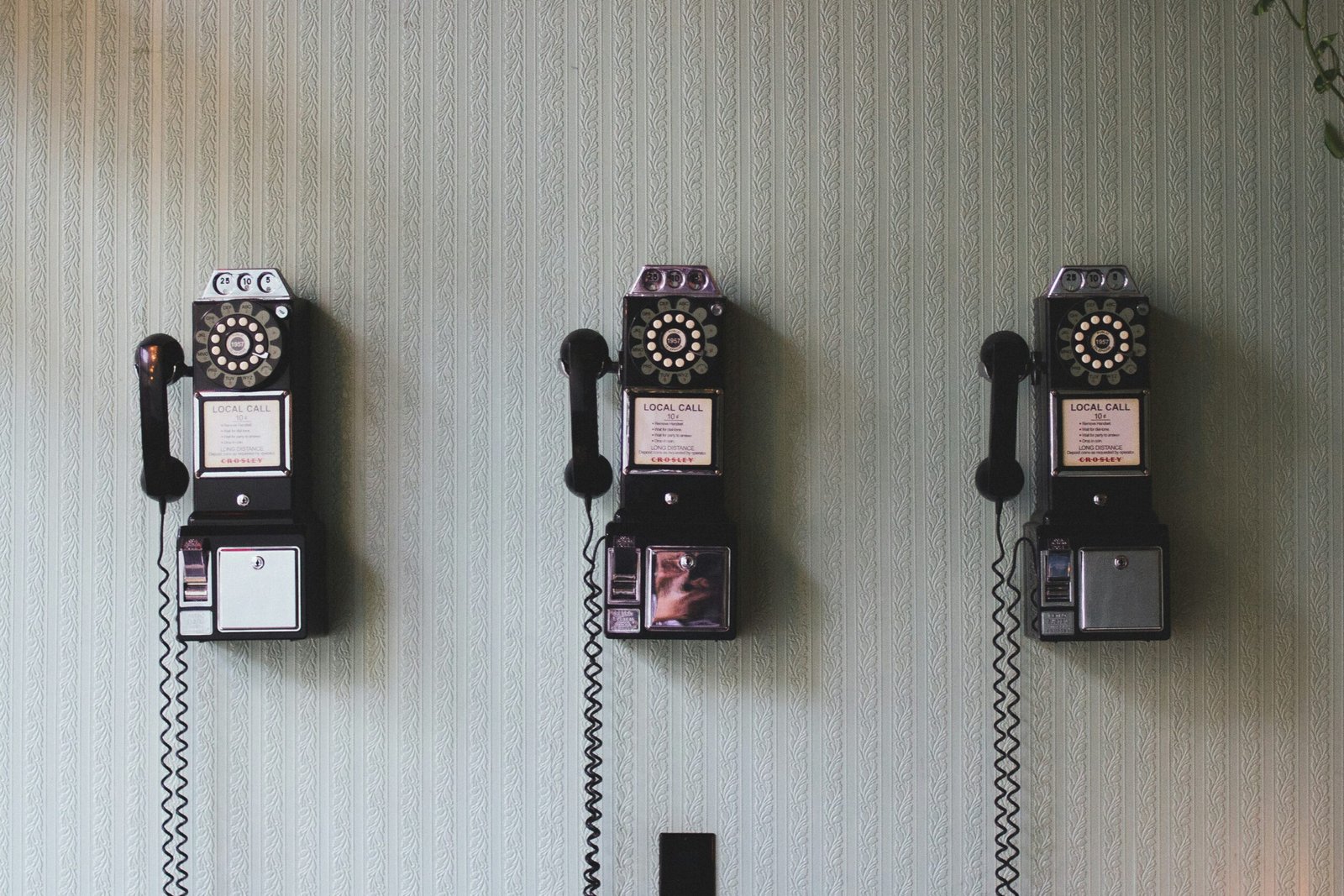Why a Contact Page is Essential for Your Website
Having a dedicated contact page on your website is more than just a formality; it is a crucial element that fosters direct communication between you and your audience. Whether your visitors are potential clients, customers, or collaborators, a well-designed contact page serves as a vital touchpoint. It offers a streamlined method for individuals to reach out with questions, feedback, or business inquiries, thereby enhancing the overall user experience.
A contact page significantly contributes to building trust and credibility. When visitors can easily find your contact information, it reassures them that your business is legitimate and approachable. This transparency can be a decisive factor in converting casual browsers into loyal customers. Additionally, providing multiple contact options, such as a contact form, email address, and phone number, demonstrates your commitment to accessibility and customer service.
On the flip side, not having a contact page can have detrimental effects. Visitors who struggle to find contact information may become frustrated and leave your website, leading to missed opportunities. This can be especially damaging if potential business partners or clients are unable to reach you easily. Moreover, the absence of a contact page can create an impression of unprofessionalism and detachment, which can erode trust and deter engagement.
In summary, a contact page is an indispensable component of any website. It bridges the gap between you and your audience, facilitates seamless communication, and enhances your site’s credibility. By prioritizing accessibility and user experience, you can ensure that your visitors have a positive and productive interaction with your brand.
Key Elements to Include on Your Contact Page
Creating an effective contact page is crucial for enhancing user experience and facilitating easy communication with your visitors. A well-designed contact page should include several key elements to ensure it is both functional and user-friendly.
Firstly, a clear and concise contact form is essential. This form should request only the necessary information, such as name, email address, and message. Avoid overwhelming users with too many fields; the simpler the form, the higher the likelihood of it being used. Additionally, ensure that the submit button is prominently displayed and that any error messages are easy to understand.
Incorporating your business email address is another critical component. While the contact form is useful, providing a direct email address can cater to those who prefer traditional methods of communication. Similarly, displaying a phone number offers a quick way for customers to reach you directly, enhancing trust and reliability.
If your business operates from a physical location, including the address is beneficial. For location-based businesses, embedding a map can significantly enhance usability by helping customers find you easily. Google Maps integration is a popular choice due to its familiarity and ease of use.
Social media links are also a valuable addition to your contact page. By providing multiple contact options, you cater to the preferences of a broader audience. Social platforms can serve as alternative communication channels and offer a way to engage with customers in real-time.
Adding a FAQ section can address common inquiries instantly, reducing the need for direct contact and improving user satisfaction. This section can cover typical questions related to your products, services, or policies, saving both your time and that of your customers.
Best practices for design and layout include using a clean and intuitive design. Ensure that all contact information is easily accessible, preferably above the fold. Mobile optimization is also paramount; your contact page should be responsive and all elements should function seamlessly on various devices.
By integrating these key elements and adhering to best practices, your contact page will serve as an effective tool for communication, enhancing user experience and fostering stronger relationships with your audience.
